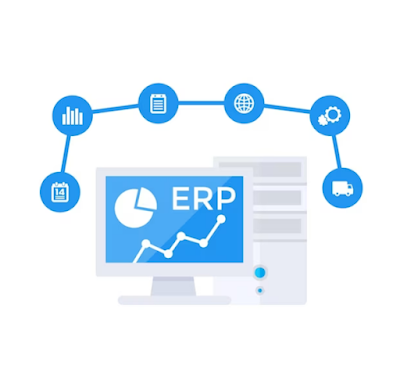Securing Your Code: Best Practices for Developing Secure Software
In today's digital world, security is a paramount concern for software developers. As cyberattacks become more sophisticated and frequent, it is essential to take proactive measures to secure your code. In this blog post, we will discuss some best practices for developing secure software.
- Keep Your Code Updated
The first and most important step in securing your code is to keep it updated. This means regularly checking for and installing security patches and updates for all the software components that your code depends on, including libraries, frameworks, and operating systems. Outdated software can contain vulnerabilities that can be exploited by attackers, so it's essential to stay on top of updates.
- Use Secure Coding Practices
When writing code, it's essential to use secure coding practices to reduce the risk of vulnerabilities. This includes avoiding hard-coded passwords and other sensitive information, validating all inputs, and properly sanitizing user input to prevent SQL injection attacks. Additionally, use strong and complex passwords, avoid storing them in plain text, and limit access to sensitive data to only those who need it.
- Conduct Regular Security Testing
Regular security testing is an essential step in securing your code. This includes conducting penetration testing and vulnerability assessments to identify potential vulnerabilities and weaknesses in your code. It's also essential to perform security testing throughout the development lifecycle, from code review to pre-release testing, and post-release monitoring.
- Implement Access Controls
Access control is an essential security measure to limit access to sensitive data and ensure that only authorized users can access it. Implementing access controls requires defining roles and permissions, restricting access to sensitive data and functionalities, and monitoring user activity to detect and prevent unauthorized access.
- Use Encryption
Encryption is a crucial security measure to protect sensitive data from unauthorized access. This includes using encryption for data at rest and in transit, implementing secure communication protocols such as HTTPS, and storing sensitive data in encrypted form. Additionally, use strong encryption algorithms and keys to ensure that data is adequately protected.
- Implement Multi-Factor Authentication
Multi-factor authentication (MFA) is a security measure that requires users to provide additional authentication factors beyond their passwords to access sensitive data or functionalities. MFA can significantly reduce the risk of unauthorized access and protect against phishing attacks and other forms of cyberattacks.
In conclusion, securing your code requires a proactive and comprehensive approach that includes keeping your code updated, using secure coding practices, conducting regular security testing, implementing access controls, using encryption, and implementing multi-factor authentication. By following these best practices, you can reduce the risk of cyberattacks and protect your software and data from potential vulnerabilities and threats.




Comments
Post a Comment